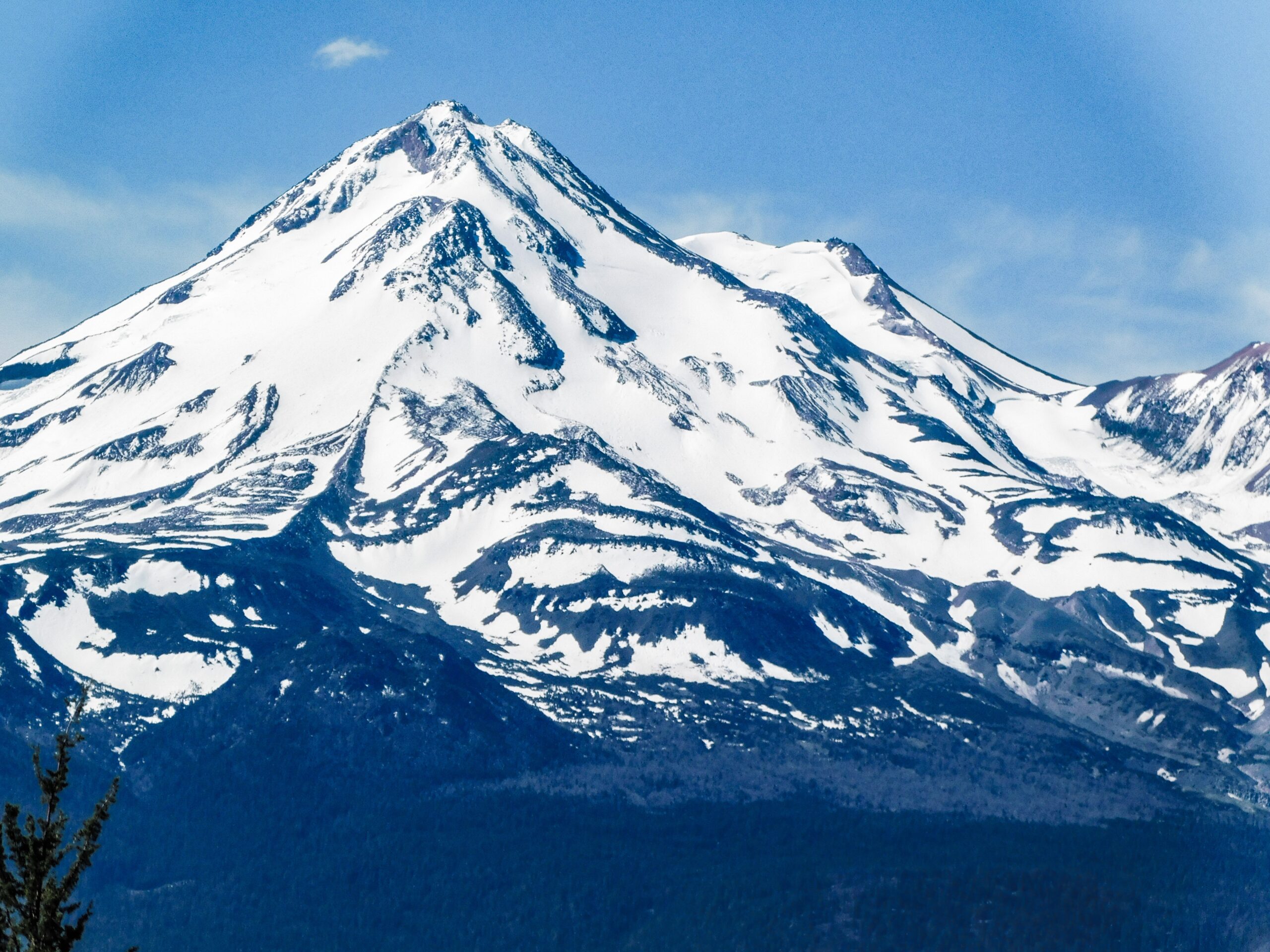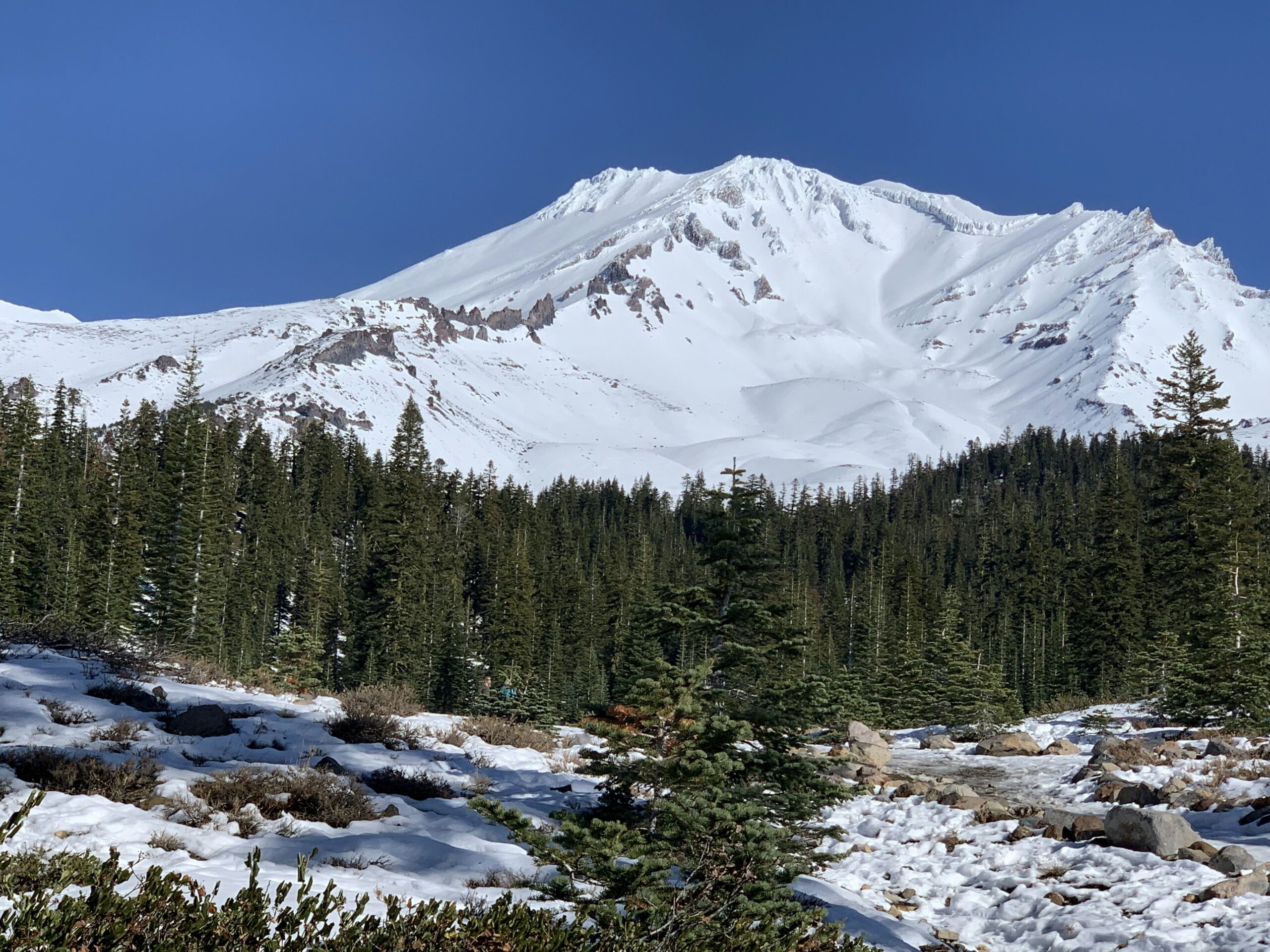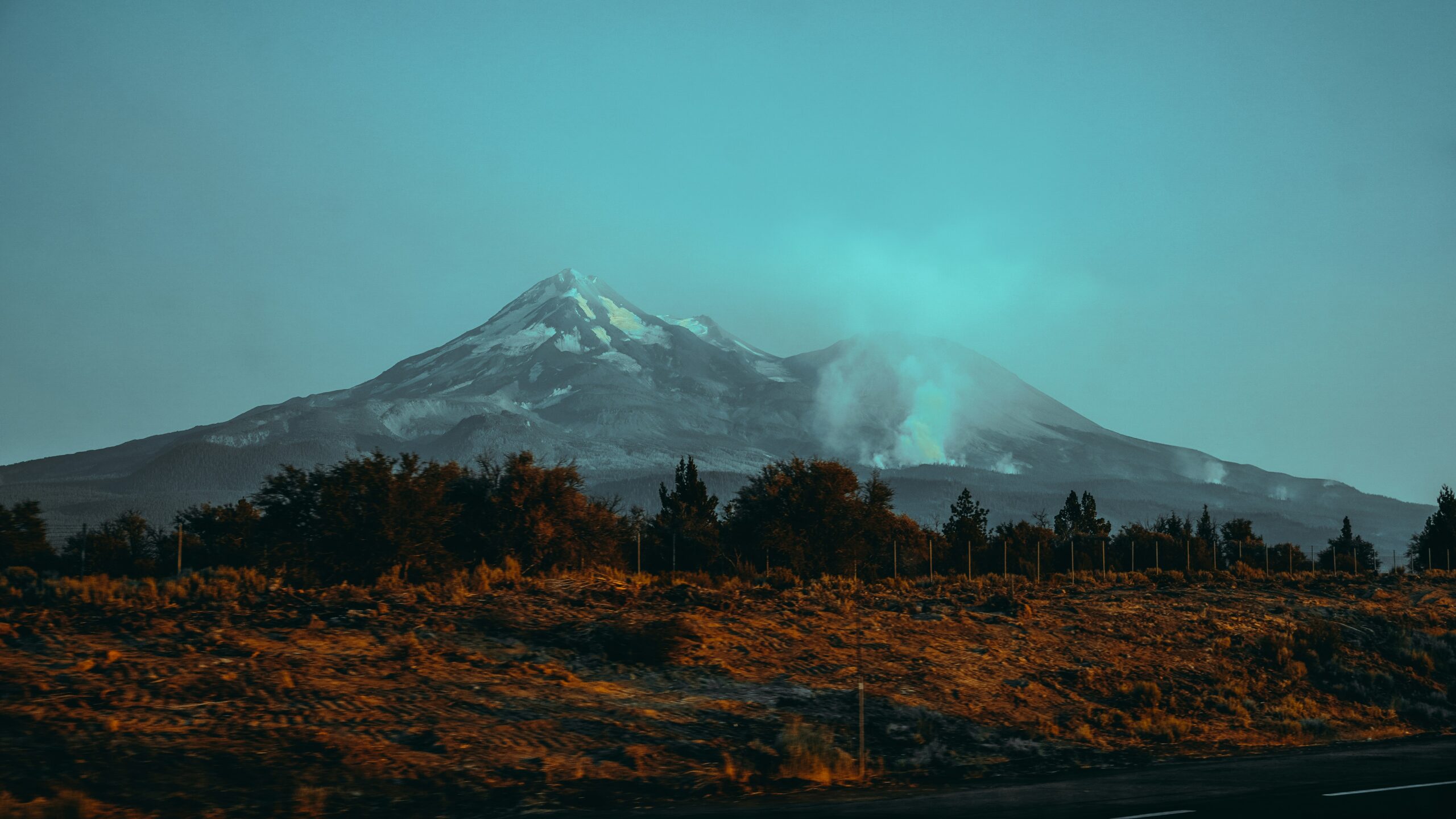Are you an aspiring adventurer looking to conquer new heights? If so, you may have heard about Mount Shasta, a majestic peak in northern California. But before you lace up your hiking boots and grab your gear, you might be wondering if climbing Mount Shasta is suitable for beginners. This article will explore the challenges, risks, and rewards of taking on this iconic mountain, helping you decide if it's the right choice for your next outdoor expedition. So, grab a cup of coffee, sit back, and let's explore the thrill of Mount Shasta together.
Understanding Mount Shasta
Introduction to Mount Shasta
Mount Shasta, located in northern California, is a majestic and iconic peak that attracts outdoor enthusiasts from around the world. This dormant stratovolcano is a part of the Cascade Range and stands at an impressive height of 14,179 feet (4,322 meters). Known for its breathtaking beauty and challenging climbs, Mount Shasta offers a unique and unforgettable experience for climbers of all levels.
Geographical Location and Topography
Situated in Siskiyou County, Mount Shasta is surrounded by the Shasta-Trinity National Forest and lies within the boundaries of the Mount Shasta Wilderness Area. This pristine environment is characterized by diverse flora and fauna, including alpine meadows, ancient forests, and crystal-clear mountain streams. The mountain's topography features steep slopes, rugged ridges, and glaciers, making it a visually stunning and technically demanding climbing destination.
Typical Weather Patterns
Mount Shasta's weather can be unpredictable and change rapidly. Summers are generally warm and dry, with average temperatures ranging from 60 to 80 degrees Fahrenheit (15 to 27 degrees Celsius) at lower elevations. However, as you ascend the mountain, temperatures can drop significantly, often falling below freezing. Winter brings heavy snowfall, transforming the area into a winter wonderland ideal for skiing and snowboarding. Regardless of the season, climbers must be prepared for sudden weather changes and challenging conditions.
Climbing Difficulty Level of Mount Shasta
Climb Grade and Difficulty Level
Mount Shasta offers a variety of climbing routes, each with its own level of difficulty. The difficulty of climbing Mount Shasta varies depending on the chosen route and the climber's skill and experience. From relatively moderate routes such as the Avalanche Gulch to more technically challenging ones like the Hotlum-Wintun Ridge, there are options available for climbers of varying abilities.
Routes and Their Complexity
The different routes on Mount Shasta vary in complexity and require different skill sets. The Avalanche Gulch route, for example, is considered one of the more straightforward and popular routes, suitable for climbers with basic mountaineering skills. On the other hand, routes like the Casaval Ridge or the Hotlum-Bolam Ridge demand advanced climbing techniques, including rope work, glacier travel, and navigation. It is essential to research and choose a route that aligns with your skill level and climbing goals.
Common Hazards On The Mountain
Mount Shasta presents several hazards that climbers should be aware of. Avalanches are a significant concern, especially during winter months or periods of heavy snowfall. Falling rocks and crevasses on glaciated routes can pose additional risks. Altitude sickness, caused by the reduced oxygen levels at higher elevations, is another potential hazard. Other dangers include rapidly changing weather conditions, exposure, and the physical demands of climbing itself. Proper preparation, skill development, and adherence to safety protocols are crucial in mitigating these hazards.

Necessary Skills for Climbing Mount Shasta
Physical Fitness Requisites
Climbing Mount Shasta requires a good level of physical fitness. Hiking long distances, carrying a backpack with essential gear, and navigating challenging terrain at high altitudes can be physically demanding. Stamina, cardiovascular endurance, and muscular strength are vital for successfully summiting the mountain. Implementing a consistent training regimen that includes cardiovascular exercise, strength training, and hiking with a loaded backpack will help prepare your body for the challenges ahead.
Technical Climbing Skills
While some routes on Mount Shasta are less technical, climbers should still possess the foundational skills of mountaineering. These skills may include basic ropework, self-arrest techniques, ice axe use, and glacier travel. For more advanced routes, proficiency in these technical skills becomes even more critical. Familiarize yourself with these techniques through courses, guided trips, or practice on other mountains to build confidence and competence.
First-Aid and Emergency Response Skills
Being equipped with basic first-aid knowledge and emergency response skills is essential when climbing Mount Shasta. Accidents or injuries can happen, and having the ability to effectively respond to medical situations can make a significant difference in safety. Enrolling in a wilderness first-aid course or a more comprehensive wilderness medicine program will provide you with valuable skills to address common mountaineering-related injuries, assess risks, and handle emergencies.
Training Needed for Mount Shasta Climb
Training Programs
Engaging in a structured training program tailored to mountaineering is highly recommended for climbers aiming to conquer Mount Shasta. These programs usually involve a combination of cardiovascular exercise, strength training, and hiking or climbing practice. They are designed to improve your physical fitness, endurance, and climbing-specific skills. Seek guidance from experienced mountaineers or professional climbing organizations that offer training programs specifically geared towards preparing for Mount Shasta.
Importance of High-Altitude Training
As you ascend Mount Shasta, you will experience the effects of high altitude, including reduced oxygen levels, lower temperatures, and the potential for altitude sickness. Preparing your body for these conditions through high-altitude training can be immensely beneficial. Training at lower oxygen levels, whether through simulated altitude environments or by engaging in outdoor activities at high elevations, helps your body adapt to the challenges of climbing at higher altitudes.
Benefits of Training with a Group
Training with a group can provide numerous benefits for your Mount Shasta climb. Not only does it foster camaraderie and support, but it also enables you to learn from the experiences and knowledge of others. Training in a group setting allows for skill-sharing, mutual encouragement, and the opportunity to practice rope work and team-building exercises. Additionally, climbing with a partner or a group enhances safety by providing assistance and support in critical situations.

Equipment Needed for Climbing Mount Shasta
Mandatory Climbing Gear
When climbing Mount Shasta, certain essential items of climbing gear are mandatory to ensure safety and success. These include a properly fitted climbing helmet, mountaineering boots, crampons, ice axe, harness, ropes, and carabiners. Additionally, a backpack capable of holding all necessary gear, a headlamp, altitude sickness medication, and enough food, water, and emergency supplies should be included in your gear list. Always double-check your gear and ensure everything is in good condition before embarking on your climb.
Optional Equipment to Consider
In addition to the mandatory gear, there are several optional items climbers may want to consider bringing along. These include trekking poles for added stability and support, a GPS device or compass for navigation, a lightweight stove for melting snow, and a sleeping pad for comfort during overnight stays on the mountain. It is crucial to strike a balance between necessary equipment and the weight you can comfortably carry, considering the unique demands of Mount Shasta.
Choosing the Right Clothing
Proper clothing selection is vital when climbing Mount Shasta, as weather conditions can vary greatly throughout the climb. Layering is key to managing temperature and moisture, allowing you to adjust your clothing as needed. Start with a moisture-wicking base layer, followed by insulating and windproof layers. A waterproof and breathable outer shell is essential to protect against rain, snow, and wind. Additionally, bring extra socks, gloves, and a warm hat to combat the cold temperatures often encountered in higher elevations.
Preparing for Diverse Weather Conditions
Possible Weather Scenarios
Mount Shasta's weather can fluctuate significantly, requiring climbers to be prepared for a range of conditions. It is not uncommon for the mountain to be enveloped in dense fog, experience high winds, or encounter heavy snowfall. Additionally, rapid temperature changes and afternoon thunderstorms can pose risks. Understanding the potential weather scenarios and being prepared for each one is crucial to ensure your safety and success on the mountain.
How to Prepare for Unexpected Weather Changes
To prepare for unexpected weather changes, it is essential to stay informed about the weather forecast leading up to your climb. Monitor local sources, such as the National Weather Service or the park service, for real-time updates. Carry appropriate equipment for sudden weather changes, including extra layers, a reliable weather-resistant shelter, and a means to purify water. Develop flexibility in your climb plan to accommodate potential weather delays or changes in route choices.
Clothing for Diverse Weather Conditions
When it comes to clothing, versatility is key to conquer diverse weather conditions on Mount Shasta. Dress in layers that can be easily added or removed to regulate your body temperature. Opt for moisture-wicking base layers to keep your skin dry and comfortable, insulating layers to retain warmth, and a waterproof and windproof outer shell to protect against rain, snow, and wind. Don't forget to bring extra clothing items, such as extra socks and gloves, to have options if the weather becomes harsher than expected.

Acquiring Necessary Permits for Climbing
Permit Requirements
Before attempting to climb Mount Shasta, it is essential to acquire the necessary permits. Climbing permits are required year-round for all climbers, and they help ensure visitor safety and the preservation of the mountain's fragile ecosystem. Failure to obtain a permit can result in fines or other consequences. Understanding the permit requirements and adhering to the regulations is crucial for a responsible and enjoyable climbing experience.
Where and How to Get the Permits
Permits for climbing Mount Shasta can be obtained through the appropriate managing agency, such as the Forest Service or the park service. The exact process and location for obtaining permits may vary. It is advised to visit the agency's website or contact them directly for up-to-date information on obtaining permits. Some permits may be available online, while others may require in-person registration. Plan ahead and ensure you secure your permit well in advance of your desired climbing dates.
Common Rules and Regulations
To protect the fragile environment and ensure visitor safety, specific rules and regulations apply to climbing Mount Shasta. These may include limitations on group size, camping locations, waste management, and fire restrictions. It is vital to familiarize yourself with and respect these rules. Practice “Leave No Trace” principles to minimize your impact on the mountain and follow any additional guidelines provided by the managing agency.
Understanding Altitude Sickness
Symptoms of Altitude Sickness
Altitude sickness, also known as acute mountain sickness (AMS), can affect climbers ascending to higher elevations on Mount Shasta. Symptoms typically include headache, nausea, dizziness, fatigue, loss of appetite, and difficulty sleeping. In severe cases, more severe symptoms such as confusion, shortness of breath, and coughing may occur. Recognizing the signs of altitude sickness is essential in preventing further complications and ensuring your well-being.
Preventing Altitude Sickness
Preventing altitude sickness requires a gradual and mindful approach to acclimatization. Taking the time to gradually ascend the mountain allows your body to adapt to the reduced oxygen levels. Engaging in high-altitude training and spending a night or two at a lower elevation before attempting to summit can significantly reduce the risk of altitude sickness. Maintaining proper hydration, eating a nutritious diet, avoiding alcohol and tobacco, and getting adequate rest are also important components of prevention.
How to Deal with Altitude Sickness
If you experience symptoms of altitude sickness, it is crucial to address them promptly. Descending to a lower elevation is the most effective way to alleviate symptoms and prevent further complications. Resting, hydrating, and taking over-the-counter pain medications, such as acetaminophen or ibuprofen, can provide temporary relief. Severe cases of altitude sickness require immediate descent and medical attention. If you are concerned about altitude sickness or experiencing severe symptoms, it is essential to seek assistance and prioritize your health and safety.
Hiring a Guide for Mount Shasta
Pros and Cons of Hiring a Guide
Hiring a guide can be a valuable choice for climbers, especially those with limited experience or who want additional support and guidance. A guide can provide expert knowledge of the mountain, navigate challenging terrain, and enhance safety through proper risk assessment. They can also offer valuable insights into the local environment and help you make the most of your climbing experience. However, hiring a guide comes at an additional cost and may limit the freedom and independence some climbers prefer.
Finding a Reliable Mountain Guide
Finding a reliable mountain guide is crucial to ensure a safe and enjoyable climb on Mount Shasta. Look for guides who are certified through reputable organizations and possess valid wilderness medicine certifications. They should have extensive experience on Mount Shasta and a proven track record of successful climbs. Reading reviews, seeking recommendations from experienced climbers, and conducting thorough research can help you find a guide who is knowledgeable, professional, and dedicated to your safety.
Costs Involved in Hiring a Guide
The costs associated with hiring a guide for Mount Shasta can vary depending on factors such as the length of the climb, the route chosen, and the number of climbers in your group. Typically, guide fees include their expertise, equipment, and permits. Additional costs may be incurred for transportation, lodging, and meals. It is recommended to inquire about all potential costs upfront and ensure you have a clear understanding of the services provided and any additional expenses that may arise.
Assessing Personal Suitability for Climbing Mount Shasta
Assessing Physical Fitness
Before attempting to climb Mount Shasta, it is crucial to conduct an honest assessment of your physical fitness level. Climbing the mountain requires a considerable amount of strength, endurance, and stamina. Evaluate your ability to engage in cardiovascular exercise for extended periods, hike long distances, and carry a heavy backpack. If you identify areas for improvement, consider implementing a training program well in advance of your climb to enhance your fitness level and increase your chances of success.
Emotional Preparedness
Climbing Mount Shasta can be physically demanding and mentally challenging. Facing unexpected weather conditions, overcoming physical fatigue, and dealing with potential hazards require emotional resilience and a positive mindset. Assess your emotional preparedness and ability to cope with stress, discomfort, and potentially difficult situations. Build mental toughness through goal-setting, visualization, and developing a can-do attitude. Being emotionally prepared will contribute to a more enjoyable and successful climb.
Personal Risk Tolerance
Every climbing endeavor involves an inherent level of risk. Assessing your personal risk tolerance is crucial to ensure you make informed decisions and prioritize your safety. Consider your comfort level with exposure, subjective hazards, and the potential consequences of accidents or injuries. Evaluating your risk tolerance will help you make responsible choices, including route selection, equipment needs, and the decision to climb independently or with a guide. Always listen to your intuition and make decisions that align with your personal comfort level.
In conclusion, climbing Mount Shasta is a thrilling and rewarding experience for adventurers seeking to conquer its majestic heights. By understanding the mountain's geography, weather patterns, difficulty levels, necessary skills, required equipment, and safety protocols, you can adequately prepare yourself for this memorable journey. Whether you are a seasoned mountaineer or a beginner willing to put in the necessary training and preparation, Mount Shasta offers a challenging and awe-inspiring climb that will leave you with unforgettable memories of conquering one of California's most iconic peaks.
